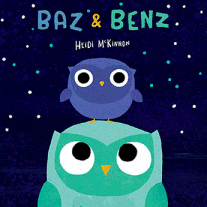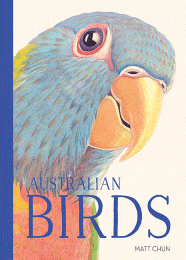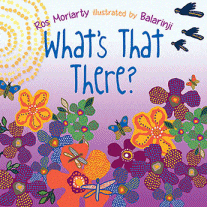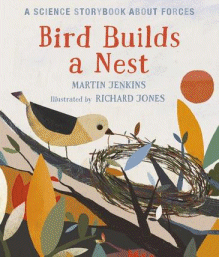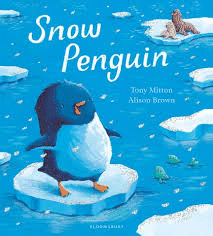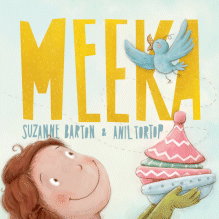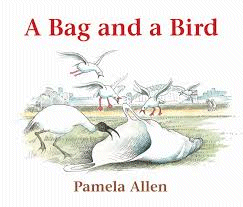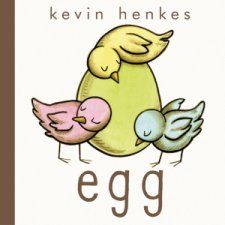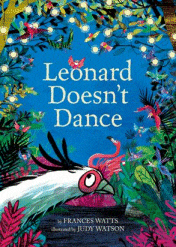
Leonard Doesn’t Dance
Leonard Doesn’t Dance
Frances Watts
Judy Watson
ABC Books, 2019
32pp., hbk., RRP $A24.99
9780733333040
It’s just a week until the Big Beaky Bird Ball and Leonard would love to go but he doesn’t know how to dance!
And so he decides to ask his friends to help. On Monday the magpies teach him how to do the warble-warble- waltz. On Tuesday the duck teach him to do-si-do and Wednesday’s lesson is how to do the caw-caw can-can with the crows. Despondent because none of the lessons has been successful, Leonard decides he is not a dancer and refuses the offers from the rosellas, galahs and woodpeckers, hiding in his nest, ashamed. He huddles down deeper when his friends come looking for him on Sunday but when he hears them say they can’t go without him he feels even worse and agrees to go…but he won’t dance!
With stunning illustrations that take you straight to the Australian bush even though there is a range of birds from around the globe, this is a glorious story that rollicks along on the rhythm of the alliteration with a surprising and funny twist that will have the young reader’s feet tapping in anticipation. How would they dance if what happened to Leonard happened to them? An invitation to get up and move and try all the dances for themselves!
Dance, like music, is an innate human expression and this is a celebration of that. Everyone can dance, even those for whom movement is tricky, and Leonard shows that you just have to find out what works for you!
